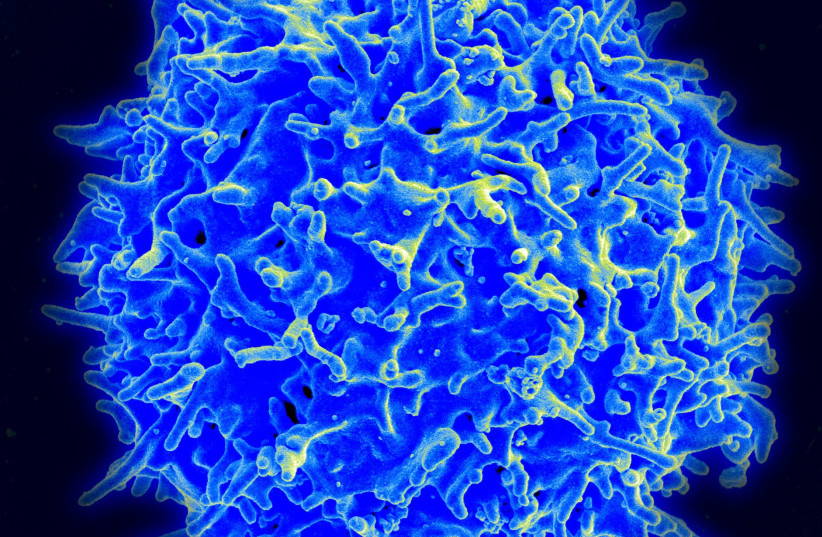
A research group headed by Professor Ido Amit has developed new technology that enables them to look at the internal functions of cells.
This could be a powerful tool in the development of new immunotherapy treatments for cancer, according to the Weizmann Institute.
The new technique, called INs-seq (intracellular staining and sequencing) enables scientists to measure proteins, processes and biochemical pathways occurring inside cells.
The group used this technique to identify a new subset of innate immune cells that “collaborate” with cancer. Blocking these cells in mice greatly enhanced anti-tumor immune response, killing the cancer.
Amit compared existing methods with buying watermelons - they all appear identical from the outside, although they can taste completely different after you open them up.
This new method allows scientists to get information from inside the cells in order to draw finer distinctions between cell subtypes and activities. This ability to distinguish may be crucial when it comes to fighting off cancer.
The Weizmann scientists used their technology to address issues that have challenged researchers for years: the failure of the immune system to recognize and kill cancer cells and the failure of immunotherapy in treating most classifications of tumors.
The group’s next step is to develop immunotherapy treatment using specific antibodies for clinical use and Amit is currently working with Yeda Research and Development - the technology transfer arm of the Weizmann Institute - to do so.
Research student Yonatan Katzenelenbogen, who was one of the students leading the project, said that “clarifying the mechanisms of autoimmune and neurodegenerative diseases, and answering the question of why the immune system often fails in its fight against cancer or why most patient do not respond to existing immunotherapy – all of these may come down to specific actions of subsets of immune cells. We believe INs-seq may help researchers identify those particular cells and develop new therapies to treat them.”
